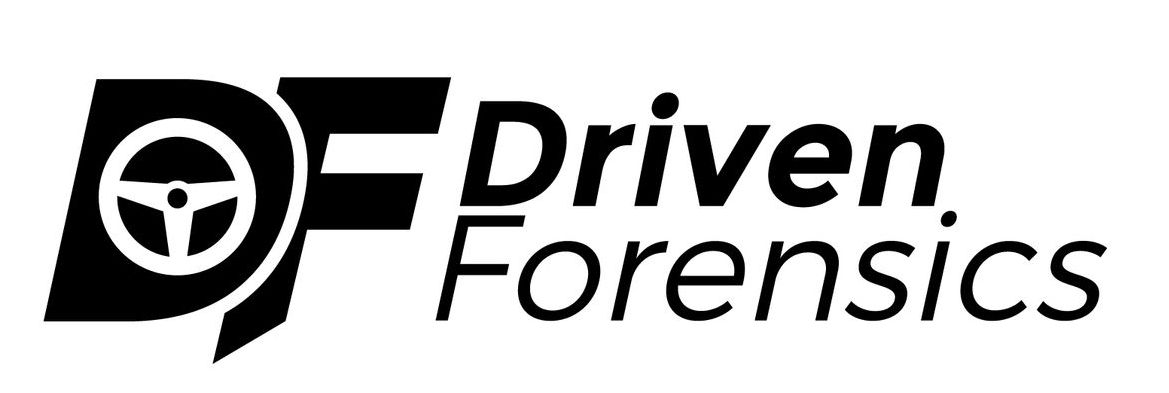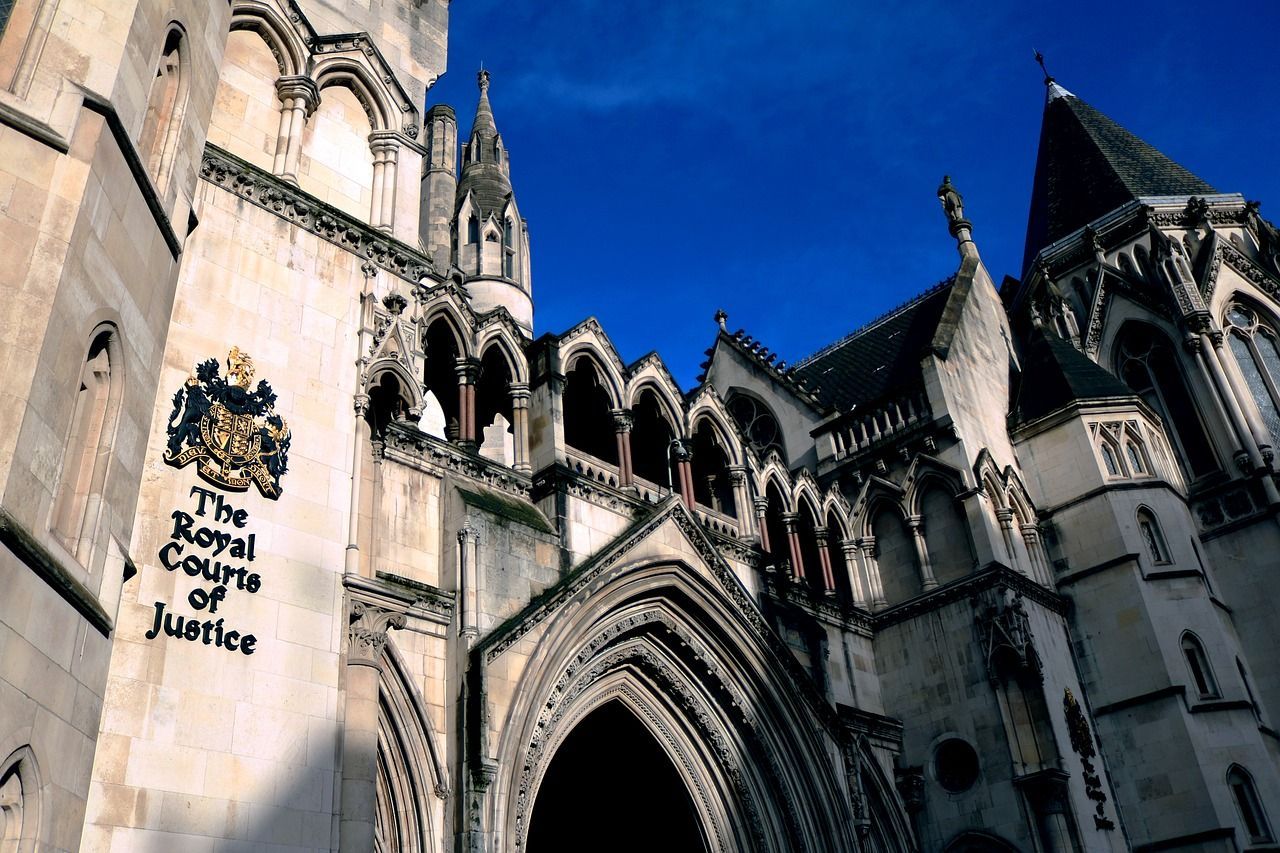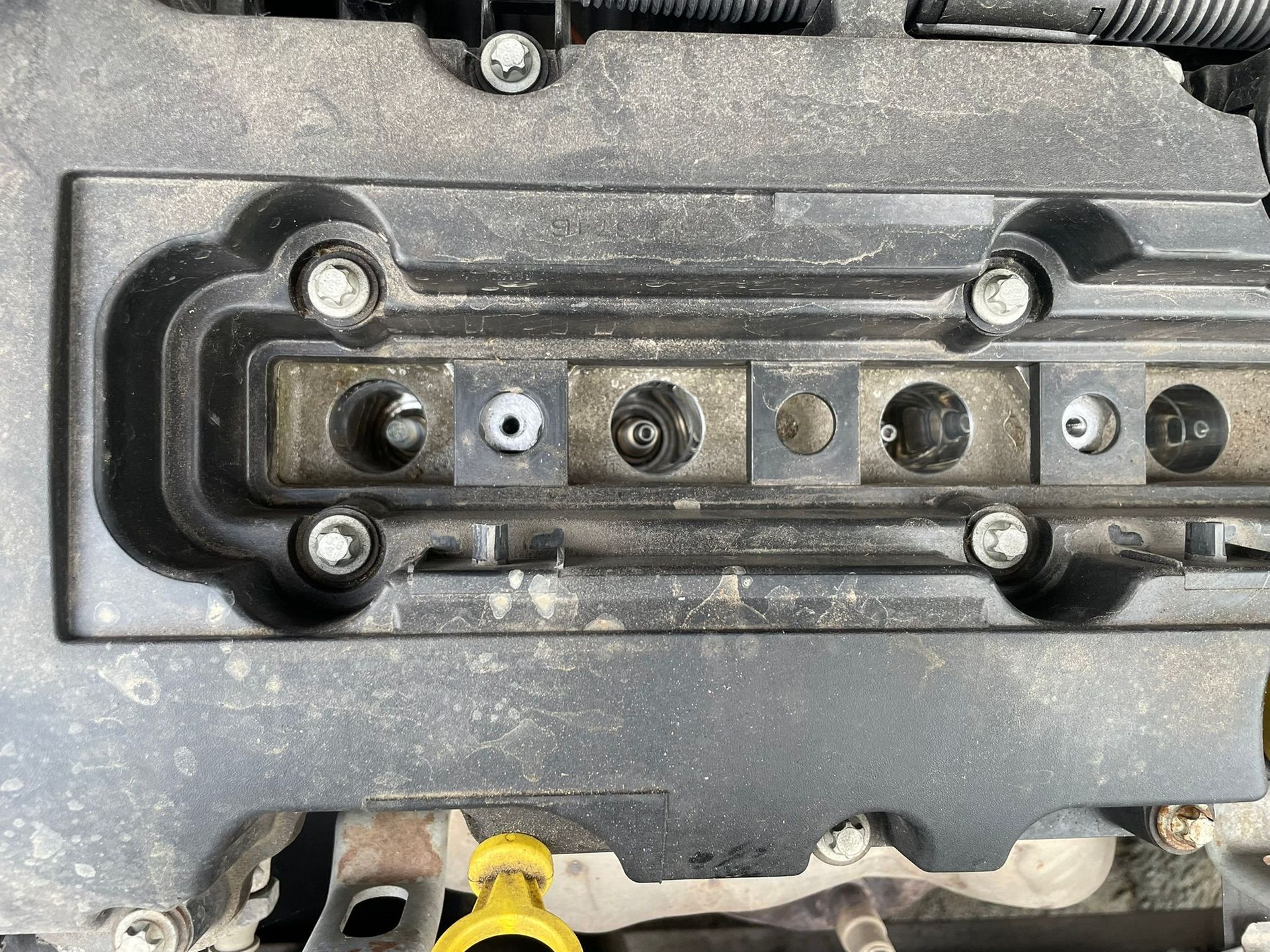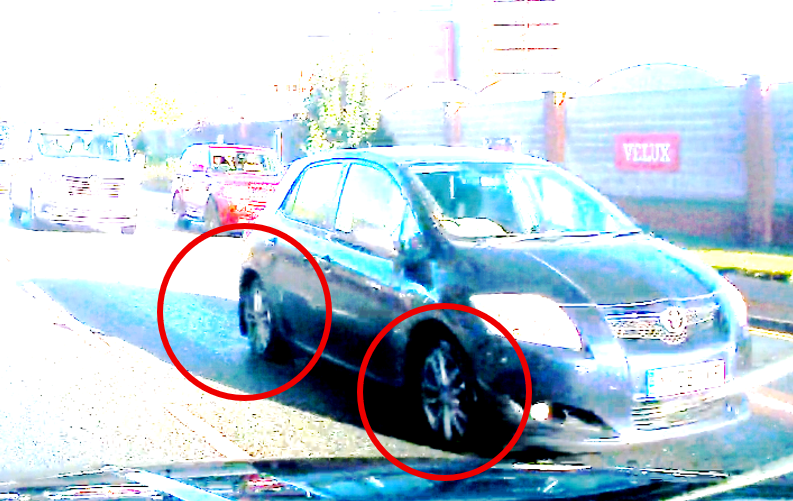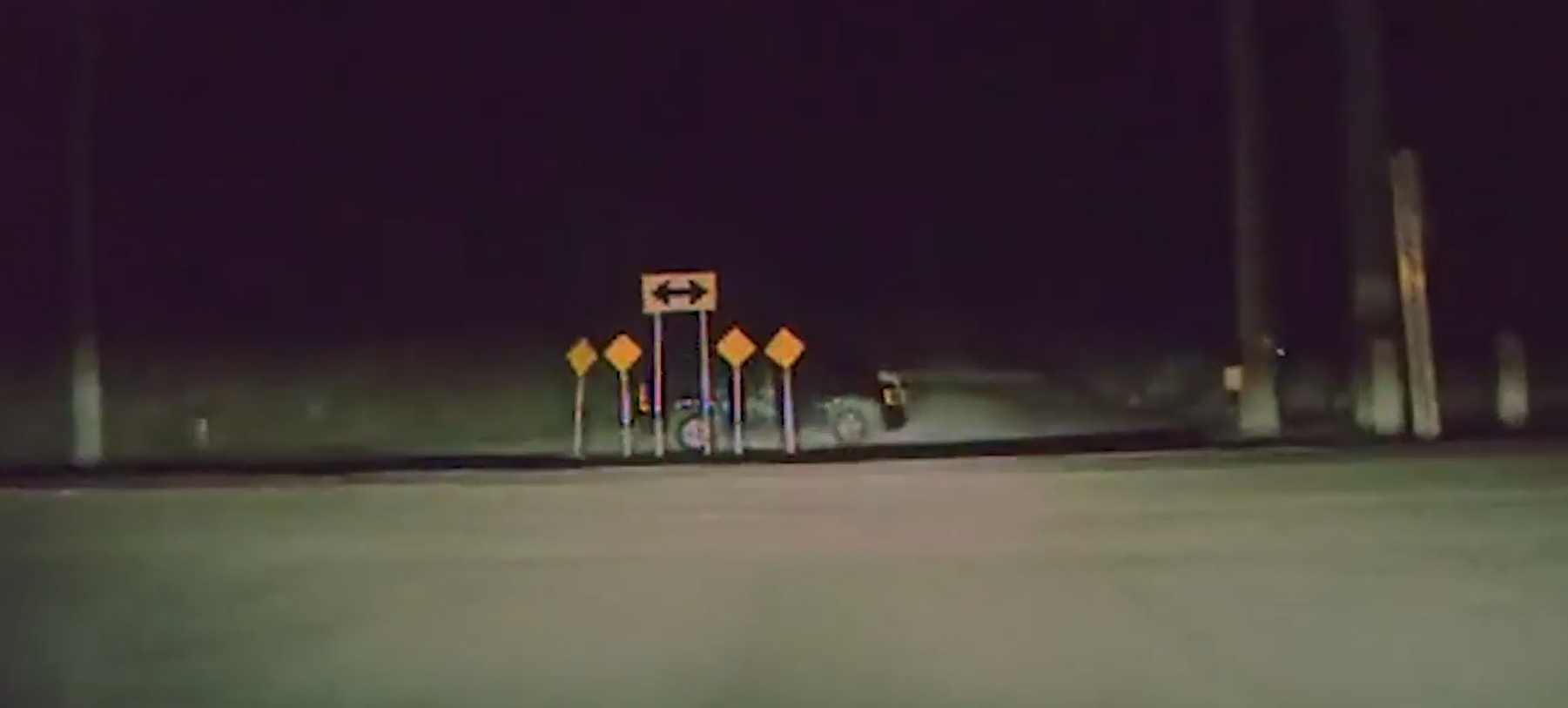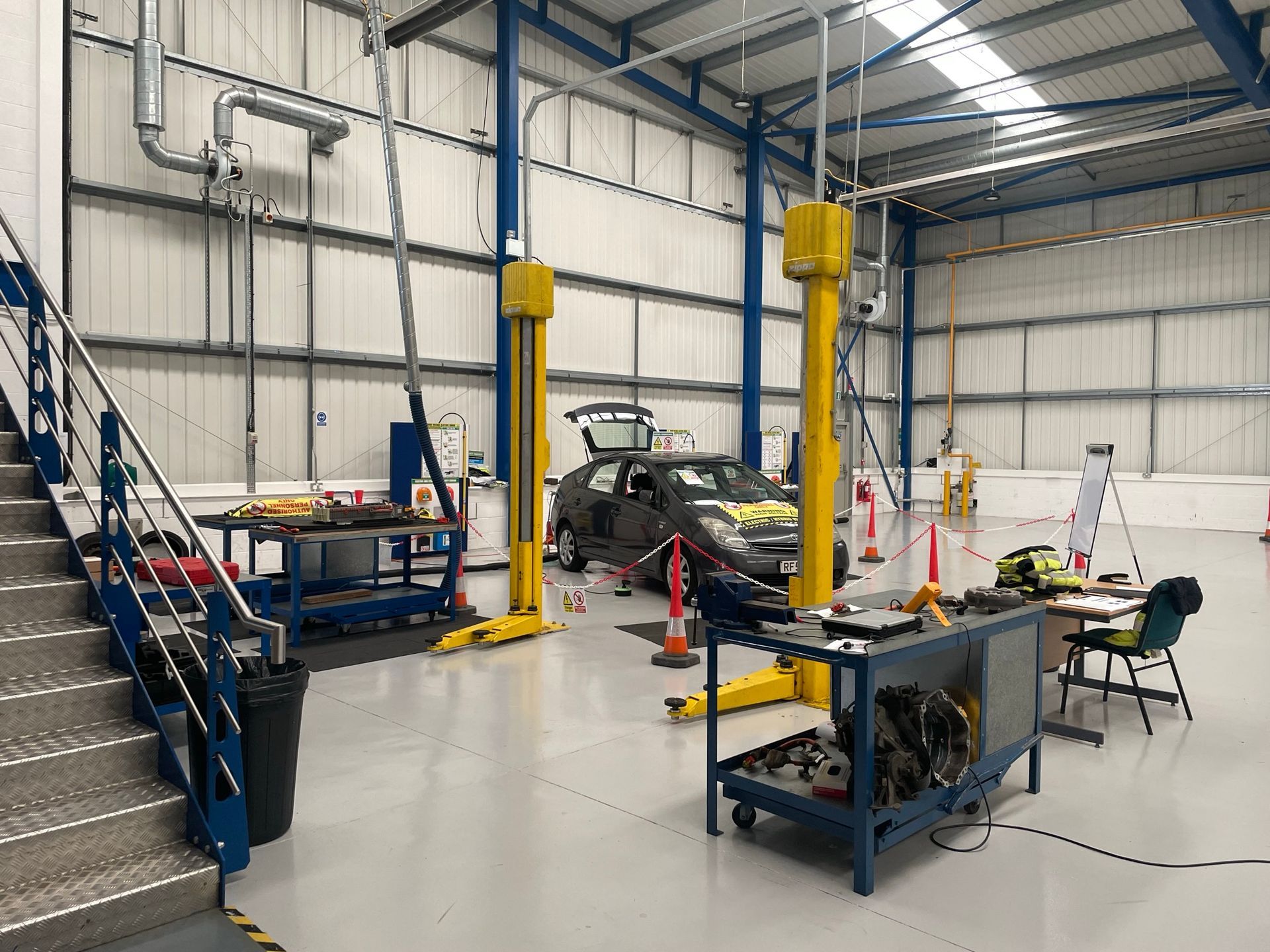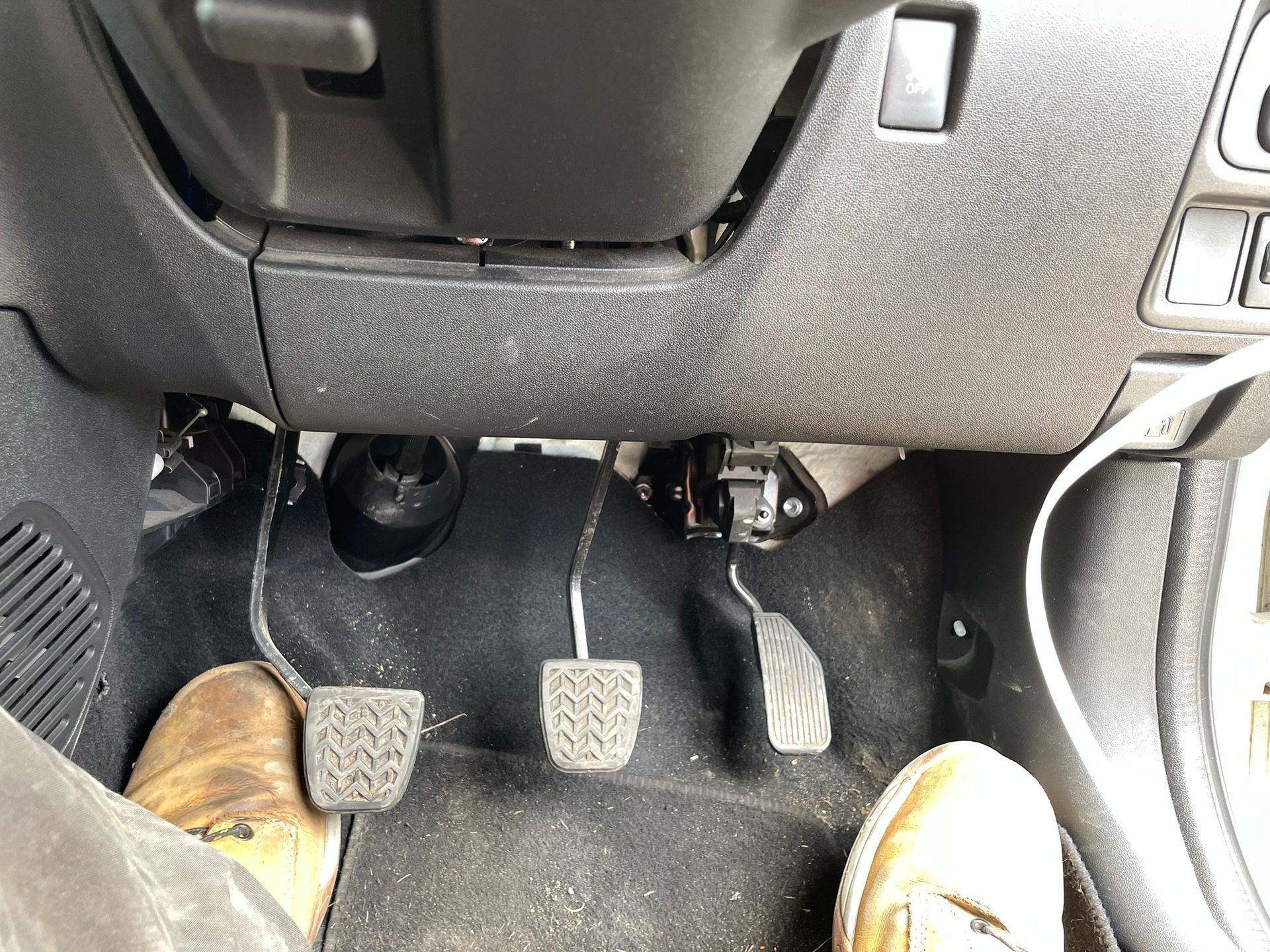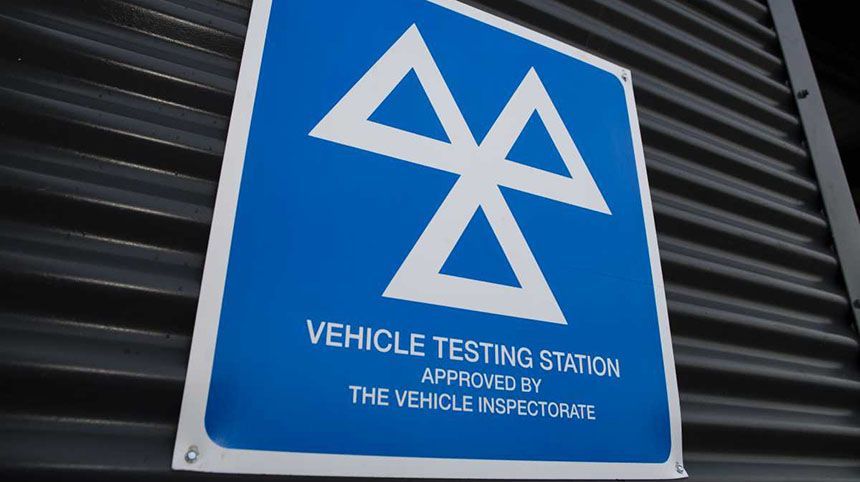Case Study Spotlight: Uncovering Hidden Collision Damage
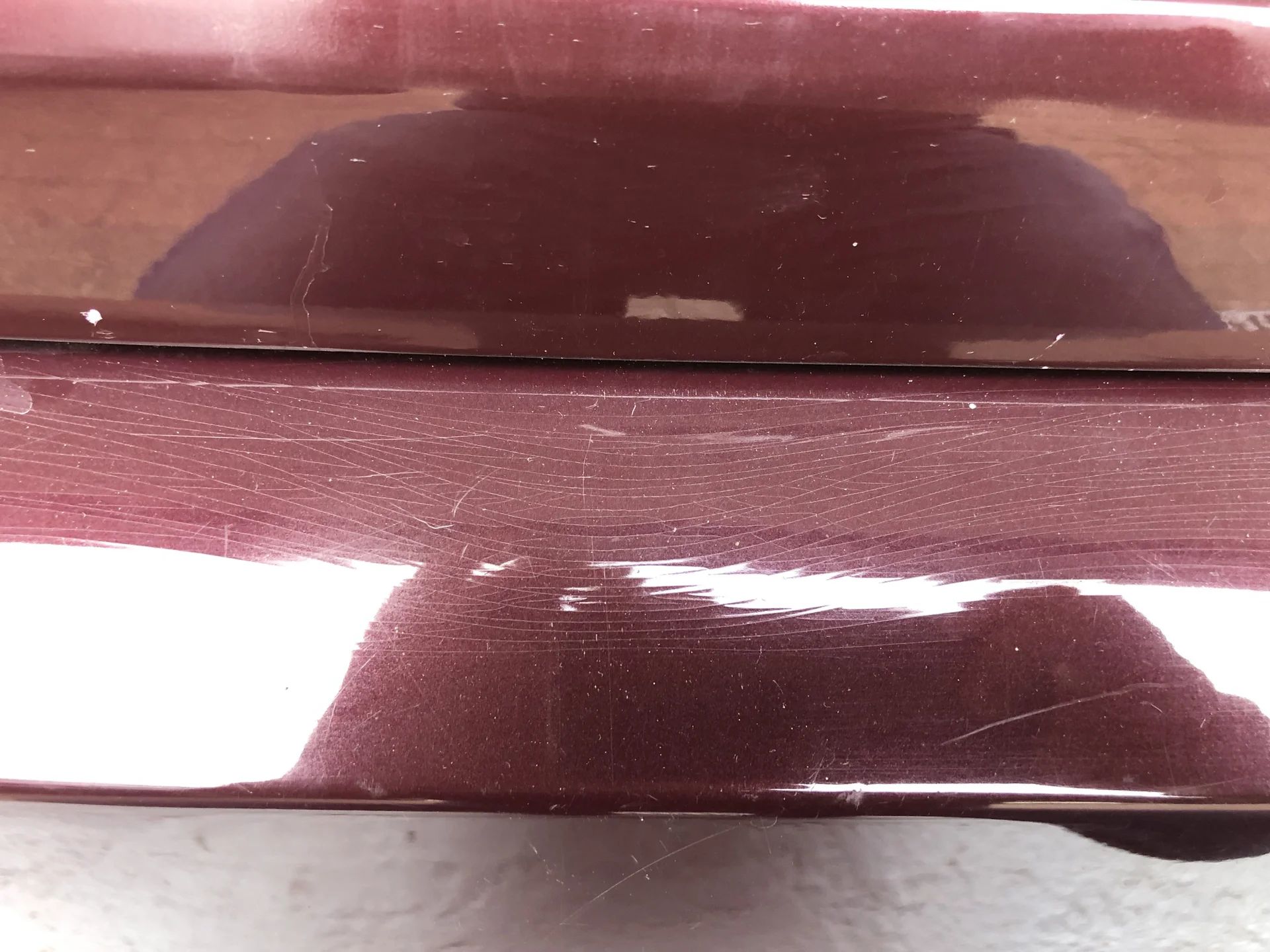
In the world of collision investigation, an emphasis is placed on damage vehicles have sustained, but how do you uncover hidden damage? And what difference does that damage make?
I have highlighted an investigation I had been involved in which served to show how important not only an inspection is, but the importance of the person conducting that inspection and their experience and knowledge.
No contact collision – The short case study involves a policyholder who denied having made contact with another car whilst reversing. When I looked at the policyholder car, the panel gaps were acceptable, there were no obvious transfer marks and the position of the rear bumper cover did not in itself suggest anything untoward.
It was only when I looked across the bumper cover and found stress cracks around the centre of the cover. This led to me laying on the floor and checking the bumper reinforcer which showed it had been deformed slightly.
The policyholder was unable to account for the damage and it was located at a similar height to that of the vehicle other vehicle. In addition, the severity of the damage was very similar.
This collectively suggested the policyholder vehicle had in fact collided with the other vehicle and with a degree of force.
Had I not inspected the policyholder vehicle, and instead relied solely on images, I may never have seen the bumper cover damage and I certainly wouldn’t have seen the bumper reinforcer.
This would likely have led to the other parties perfectly legitimate claim being rejected. More than that though, the impact was likely severe enough for the driver to have known they had made contact, which raises questions as to the policyholders own account and how honest they were being when they denied being involved.
